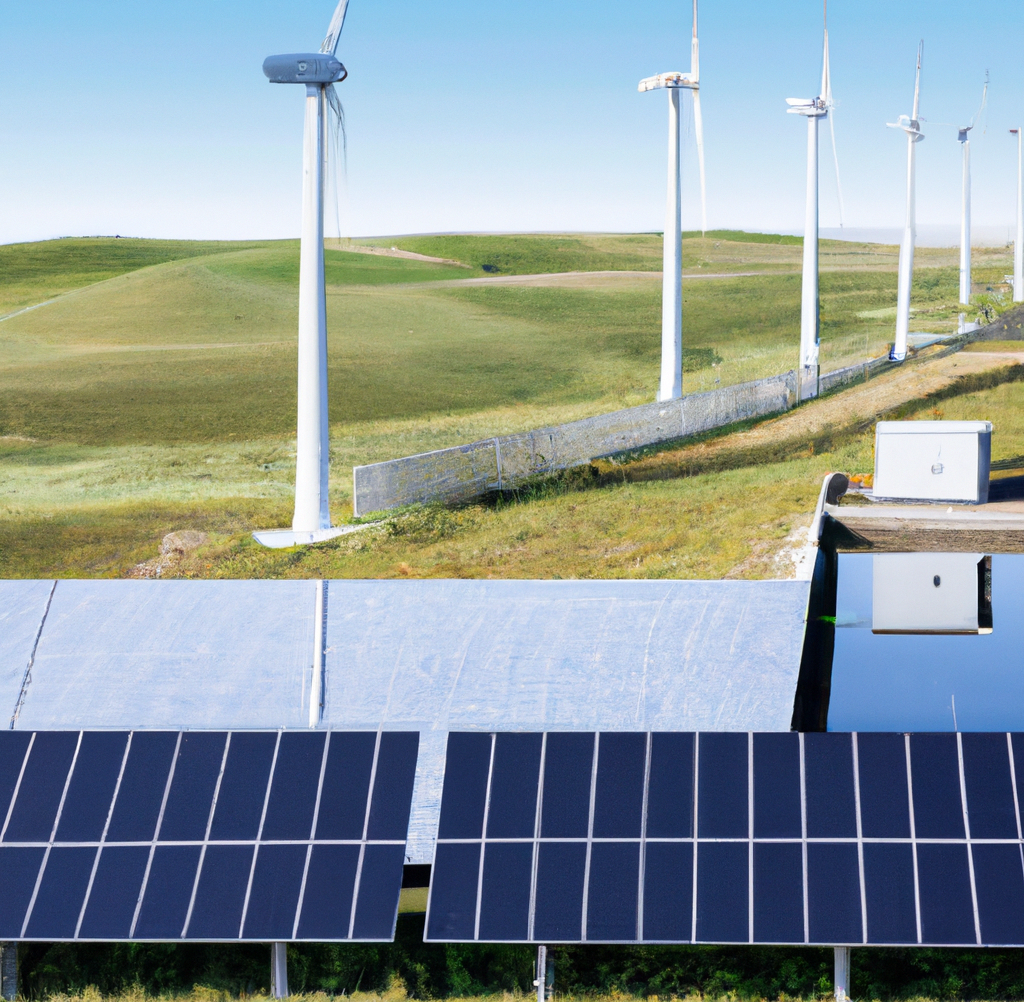Written by Vaggelis Ioannou, electrical engineer at Wattcrop.
A colocated solar park is a facility that combines solar photovoltaic (PV) panels with a battery energy storage system (BESS) to provide reliable and efficient electricity to the grid. The optimal ratio of PV to BESS in a colocated solar park depends on several factors, including the location of the facility, the size and type of the PV panels and BESS, and the expected energy demand.
One important factor to consider is the amount of solar insolation, or sunlight, that the location receives. In areas with high solar insolation, a higher ratio of PV to BESS may be more efficient, as the PV panels will produce more electricity than the BESS can store. In areas with lower solar insolation, a lower ratio of PV to BESS may be more appropriate, as the BESS will be able to store more of the electricity produced by the PV panels.

The size and type of the PV panels and BESS also play a role in determining the optimal ratio. For example, a facility using high-efficiency PV panels and a BESS with a high energy density will require a lower ratio of PV to BESS than a facility using lower-efficiency PV panels and a BESS with a lower energy density.
In addition to the above, another important factor to consider is the cost of the PV and BESS system. The cost of the PV and BESS system plays an important role in determining the optimal ratio of PV to BESS, as a higher ratio of PV to BESS will increase the overall cost of the system. Therefore, it is important to determine the most cost-effective ratio of PV to BESS that meets the energy demand and provides the highest return on investment.
Participating in balancing markets is another important aspect to consider when determining the optimal ratio of PV to BESS in a colocated solar park. Balancing markets are used to balance the supply and demand of electricity on the grid by allowing power generators to bid to provide electricity at specific times. By participating in balancing markets, a colocated solar park can generate additional revenue by selling excess electricity to the grid during times of high demand.
The optimal ratio of PV to BESS will depend on the specific balancing market in which the facility is participating. In some markets, facilities may be able to generate more revenue by having a higher ratio of PV to BESS, as they will be able to produce more electricity to sell to the grid during times of high demand. In other markets, facilities may be able to generate more revenue by having a lower ratio of PV to BESS, as they will be able to store more electricity to sell to the grid during times of high demand.
It is important to consider the rules and regulations of the specific balancing market in which the facility is participating, as well as the expected future market conditions, when determining the optimal ratio of PV to BESS. By participating in balancing markets, a colocated solar park can generate additional revenue and contribute to the stability of the grid.
In conclusion, the optimal ratio of PV to BESS in a colocated solar park will depend on several factors, including the location of the facility, the size and type of the PV panels and BESS, the expected energy demand, and the cost of the PV and BESS system. A comprehensive analysis is necessary to determine the most efficient and cost-effective ratio that meets the energy demand and provides the highest return on investment. Also, participating in balancing markets can be an important consideration when determining the optimal ratio of PV to BESS in a colocated solar park.

